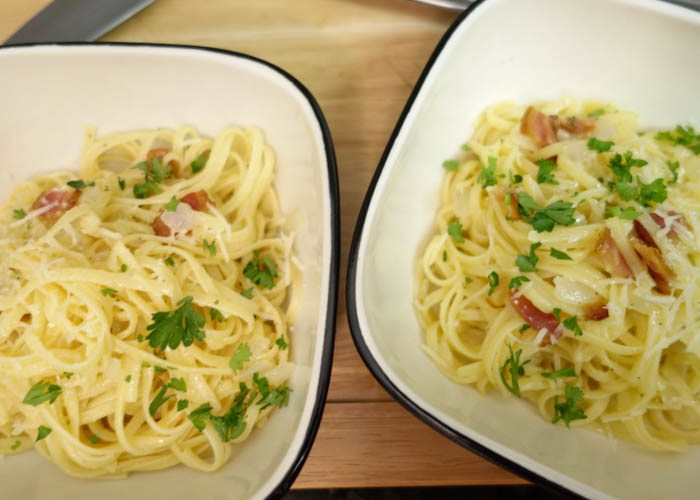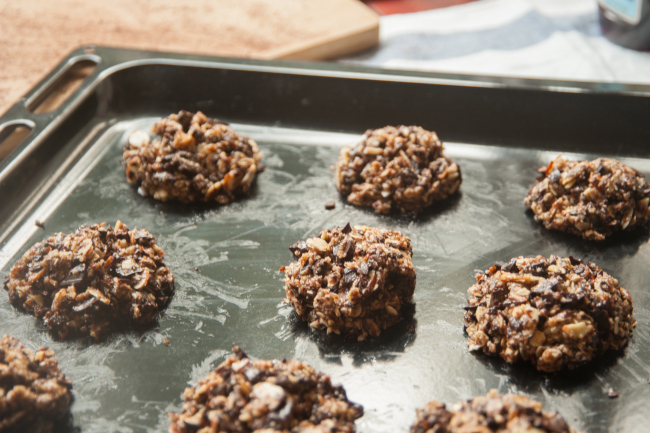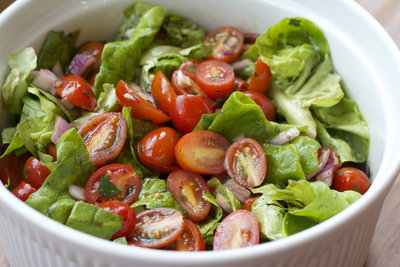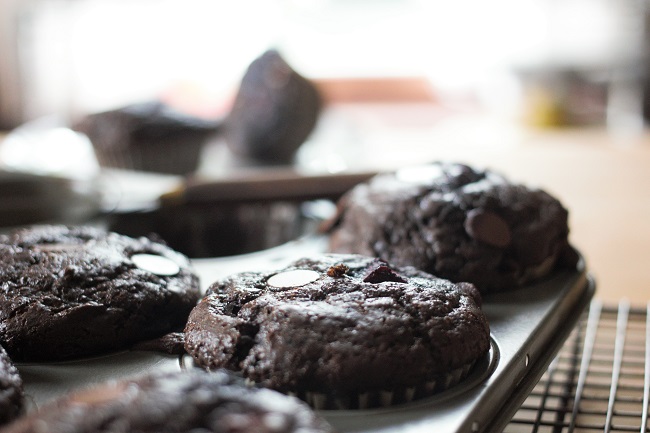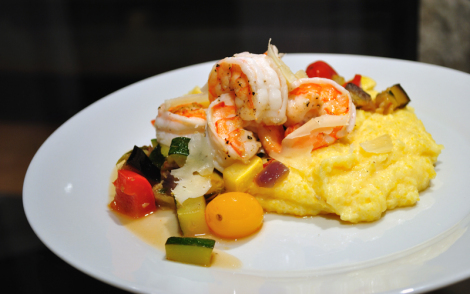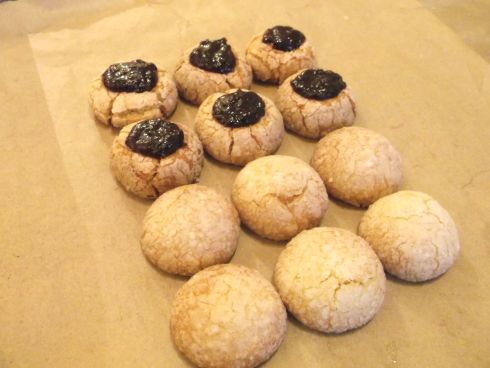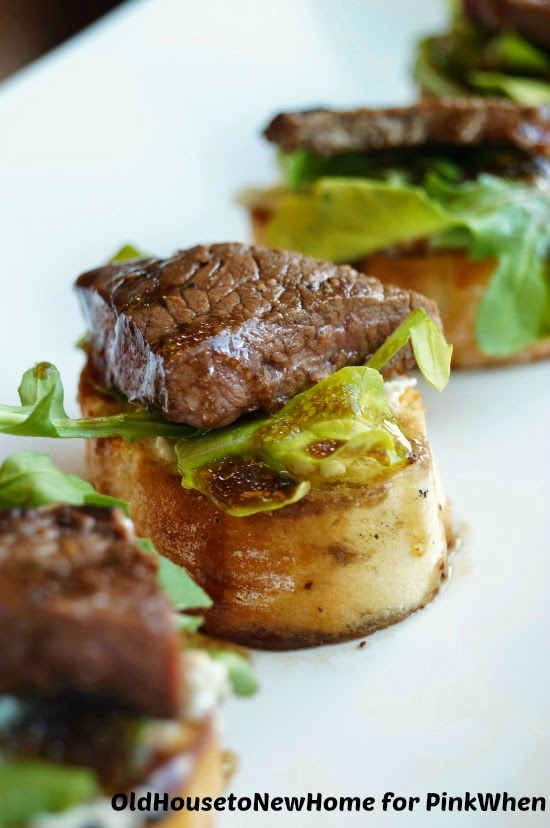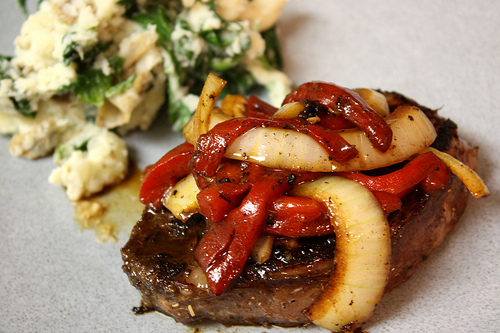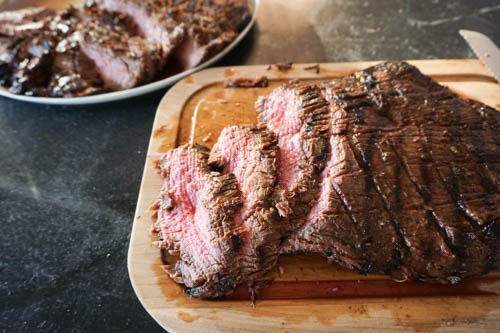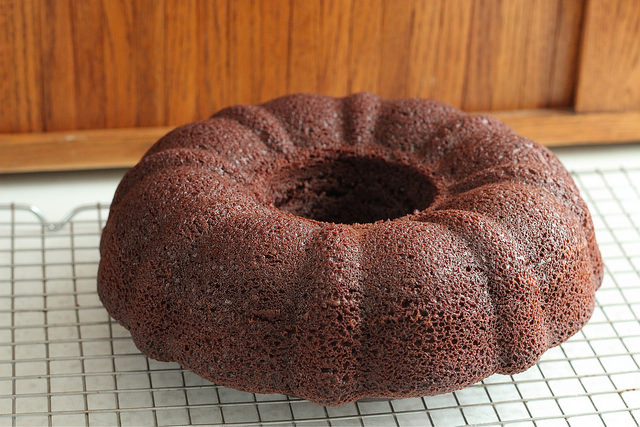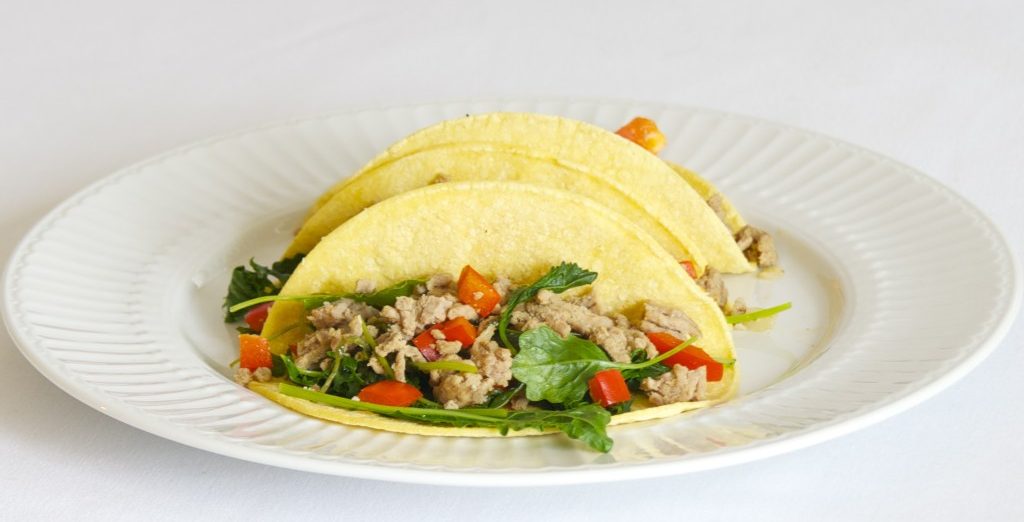This recipe would be great for a family meal! To make this recipe taste even
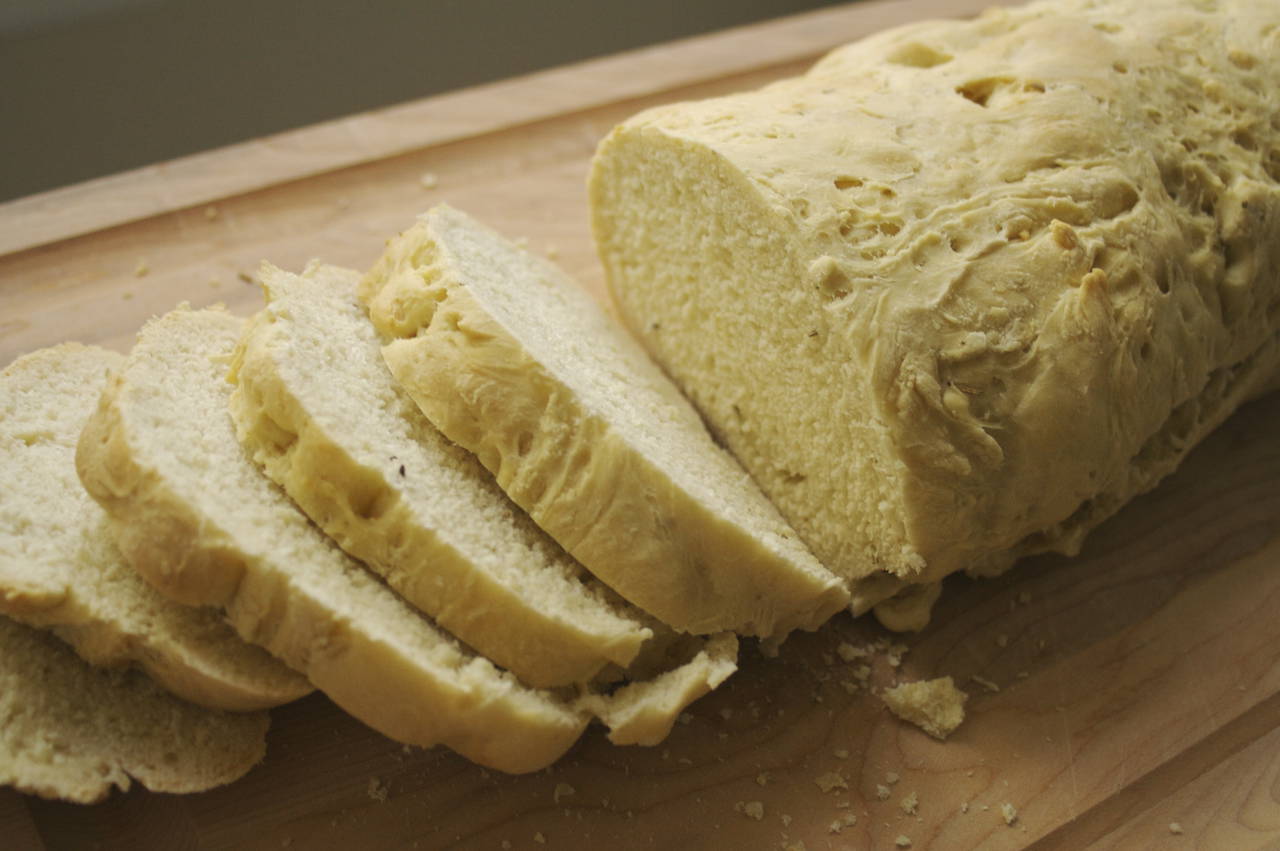
Rosemary Olive Oil Bread
Use any of our extra virgin olive oils for this one!
Roll up your sleeves – you’re making bread. From scratch. By hand. No mixing machines. It’s always a little daunting the first time you make bread yourself, but once you actually take the time to do it, you’ll find that it’s a lot easier than it looks. Plus, nothing is better than fresh baked, homemade bread. It’s warm, rich smell will fill your house. It’s flavor will far surpass anything you can buy at the store. Anyone that tastes it will marvel at your culinary skills. Plus, you can brag you did it all by hand. You’re going to do an awesome job.
Pro Tip:For the best results, when making bread always use a digital food scale to measure your flour by weight. Using a cup (or volume) measure is actually wildly inaccurate. Depending on how densely packed it is, the actual amount of flour you measure with a cup can vary by 10-20%. Great bread depends on having the right balance of flour and water (aka hydration) so that gluten forms and you get stretchy, elastic dough. At first I didn’t see what the big deal was, but then I started measuring by weight and suddenly my bread recipes started to work consistently every time and without fail. Plus, if you use a digital scale, you’re just dumping flour from the bag into a bowl until you hit the right number.
If you won’t use a scale for science, use a scale because it’s the lazy, foolproof way to get great bread every single time without having to count how many cups you’ve already measured. Honestly, that’s why I use one.
- Prep:30 min
- Rise:3 hours
- Cook:25-30 mins
- Total:4 hours – makes 2 loaves
Dough
â…“ cup extra virgin olive oil
2 teaspoons dried rosemary
Combine olive oil and rosemary in a small bowl and let stand for ten minutes.
1 pound 9 ounces bread flour (about 4 â…“ cups)
2 ¼ teaspoons sea salt
2 teaspoons instant yeast
In a large bowl, combine flour, salt, and yeast.
Pour in olive oil and rosemary mixture. Mix well with a dough whisk or wooden spoon.
1 ½ cups warm water (12 ounces)
Pour half of water into flour and mix well with a dough whisk or wooden spoon. Pour in remaining water and mix well.
As you mix, a rough dough should start to form. At first it will be sticky in some places and completely flour in others. Once a semi-cohesive ball starts to form, dump the entire contents out onto a clean work surface. Using your hands, create a big pile of the dough and any loose flour. Press down and fold in half. Keep pressing down and folding the dough in half, varying the direction in which you fold slightly each time. Give yourself a floury pat on the back – you’re kneading dough by hand!
Continue to knead dough until it becomes smooth, about six to ten minutes. If the dough sticks to your hands or the work surface after several minutes of kneading, add a tablespoon of flour or two. If there’s lots of extra flour or the dough is too dry, splash a teaspoon or two of water over the dough and use your hands to incorporate the flour.
Once well kneaded and smooth, shape the dough into a large, flat disk. Fold in four sides of the disk to a point, flip it over, and shape the dough to form a ball. Lightly dust with flour.
Rising
cooking spray or olive oil
Lightly coat a large bowl with cooking spray or olive oil. Place dough in bowl and cover tightly with plastic wrap. Let rise in a warm place until doubled, about 1 hour.
Punch dough down and let rise for another hour. This second rise can be skipped or shortened if pressed for time, but the second rise allows the yeast cells additional time to create flavor and texture.
Shaping
Preheat oven to 450°F, with a baking stone if available.
Punch dough to deflate and let rest for 10 minutes.
2 teaspoons corn meal, or as needed
Lightly dust a baking sheet with corn meal.
Cut dough in half using a pastry scrapper, or just by ripping it in half with your hands. Stretch out and shape into a large baguette. Place onto baking sheet and cover. Let rise until almost doubled, about 45-60 minutes.
Baking
Once doubled, slide dough onto baking stone and bake at 450°F for 10 minutes. (If you do not have a baking stone, simply cook the bread on the baking sheet you’re already using.)
After 10 minutes, reduce the heat to 375°F and bake for an additional 15-20 minutes, until browned and hollow sounding when tapped. Place on a wire rack and cool for at least 30 minutes before cutting.
Recipe fromwww.makebetterfood.comunder the Creative Commons License.

